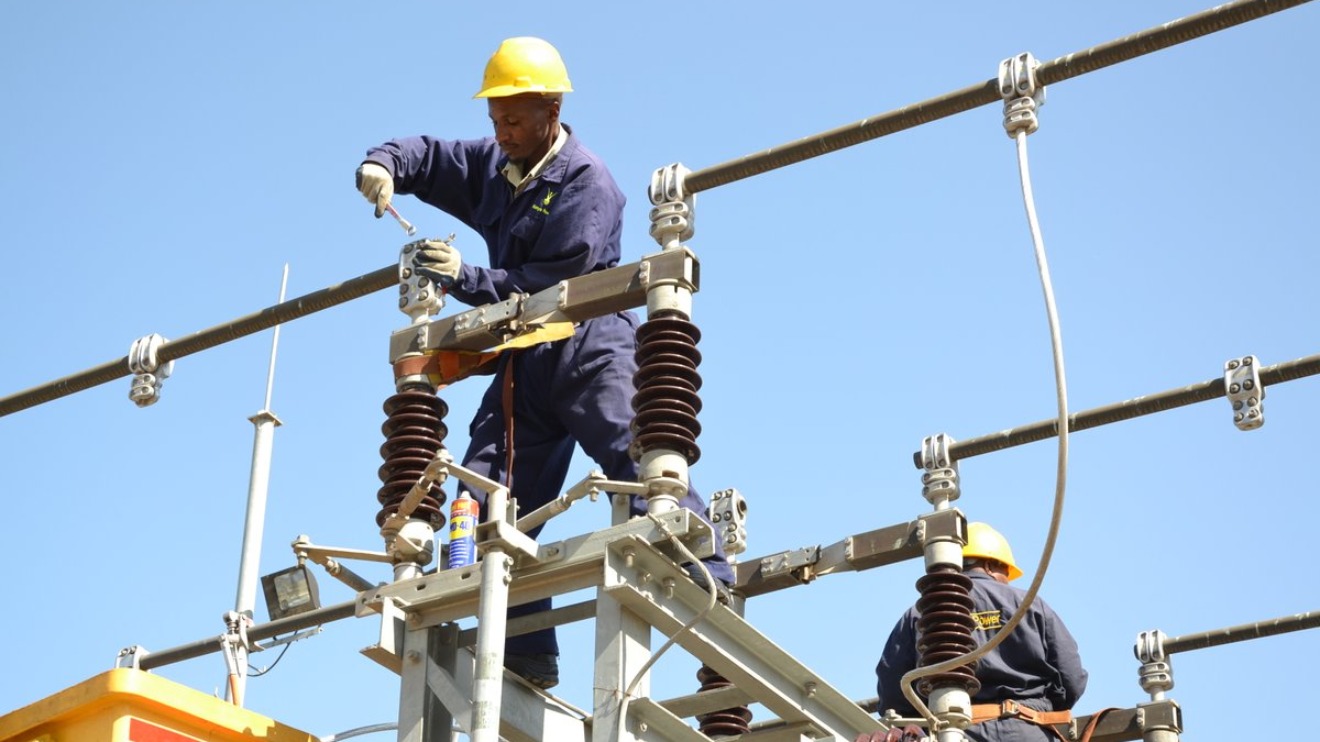Kenya Power, the national electricity provider, has announced a net loss of Sh3.2 billion for the fiscal year ending June 2023, marking a significant downturn compared to the previous year's net profit of Sh3.2 billion.
This revelation comes as a result of an audit report released by Kenya Power's Board of Directors, prompting concerns and discussions within the energy sector.
The primary cause of this financial setback has been identified as the substantial finance costs incurred due to fluctuations in the exchange rate between the US dollar and the Kenyan shilling.
In a statement released by Kenya Power, it is explained that the depreciation of the Kenyan shilling against major international currencies, particularly the US dollar, played a pivotal role in the adverse outcome.
"In the period, the Kenya Shilling depreciated by 19 per cent from Sh118 per USD in June 2022 to KShs.140 per USD in June 2023," the report read.
Read More
The impact of the currency fluctuation as reflected in the finance costs and cost of power purchase eroded the operational gains recorded during the year, resulting in a net loss of Sh3.2 billion."
Kenya Power reported an 89 per cent increase in finance costs, surging from Sh12.76 billion to Sh24.15 billion, primarily due to the depreciation of the Kenyan shilling.
In response to this challenge, the company has committed to mitigating the effects of forex exposure on its operational performance by restructuring its loan portfolio, thereby reducing the amount of dollar-denominated loans.
Part of this strategy includes the transfer of select transmission assets to the Kenya Electricity Transmission Company (KETRACO) to offset government on-lent loans.
Joseph Siror, Kenya Power's Managing Director and CEO, announced plans to boost electricity demand by exploring new business opportunities.
"In this regard, the Company is implementing strategic initiatives to drive the adoption of electric motorization. The gains from these initiatives will complement other revenue growth and diversification strategies already in place, including implementing the Time-of-Use tariff to encourage energy consumption during off-peak periods and the fibre leasing business," Siror stated.
Despite the challenges posed by the depreciating shilling and the increased overall cost of doing business, Dr. Siror emphasized that the company's fundamental stability remained intact.
Kenya Power also reported positive developments, including a rise in operating profit from Sh17.1 billion in the previous year to Sh19.2 billion.
Furthermore, revenue from electricity sales witnessed substantial growth, increasing from Sh157.3 billion to Sh190.9 billion, primarily driven by a growing customer base.
Unit sales also surged by approximately 400 GWh, predominantly within the commercial and industrial customer segments.
The audit for the year in review revealed a reduction in operating expenses, which decreased from Sh36.9 billion to Sh34.9 billion.
This reduction resulted from the company's deliberate cost-cutting efforts as part of its strategic initiatives aimed at enhancing performance.
However, power purchase costs escalated by 22 per cent during the year, reaching Sh143.5 billion, as Kenya Power acquired more units to meet the escalating electricity demand.
In correlation with this increase, unrealized foreign exchange losses on power purchases also grew to Sh5.3 billion, attributed to the depreciation of the Kenyan shilling against the US dollar and the Euro, which are the denominations for most power purchase agreements.
The announcement of the Sh3.2 billion loss has raised important questions about the stability of Kenya Power's financial performance, and the company's efforts to minimize forex exposure and boost electricity demand will undoubtedly be closely monitored in the coming years.











